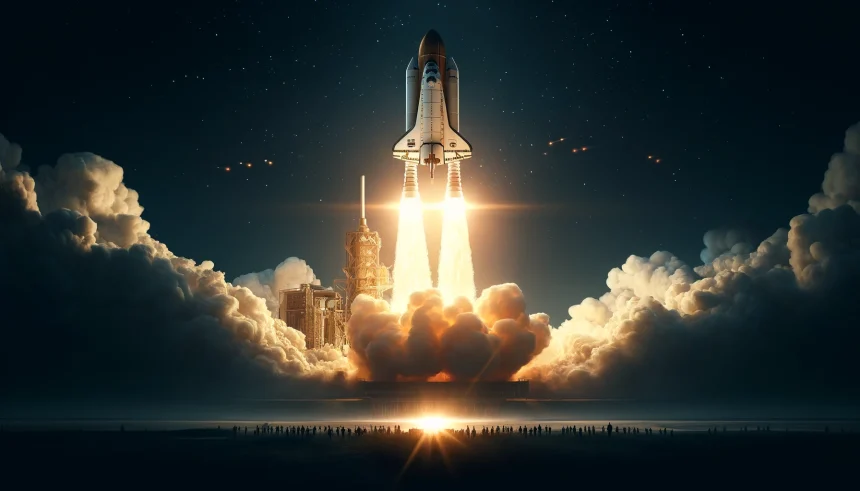The latest findings from the James Webb Space Telescope (JWST) are prompting a reassessment of our understanding of the Universe’s early years. By identifying a significantly higher number of galaxies in the early cosmos, scientists are re-evaluating the established timeline of cosmic events following the Big Bang. This discrepancy suggests that the Epoch of Reionization may have concluded much earlier than previously thought, potentially altering foundational cosmological theories.
Earlier studies primarily relied on indirect evidence, such as the Cosmic Microwave Background and the Lyman-alpha Forest, to estimate the duration of reionization. These methods provided a broad timeline, indicating that reionization spanned from approximately 380,000 to 1 billion years after the Big Bang. However, JWST’s advanced infrared capabilities have unveiled a more complex picture, revealing an abundance of early galaxies that emit more ultraviolet light than models accounted for.
How Do JWST’s Findings Differ?
JWST has detected a far greater number of galaxies in the early Universe than earlier models predicted. This higher galaxy count implies that reionization generated more ultraviolet radiation, potentially accelerating its completion to around 550 to 650 million years after the Big Bang, significantly earlier than the 1 billion-year estimate.
What Causes the Discrepancy?
The observed inconsistency between JWST data and existing models may stem from an underestimated rate of recombination. Recombination is the process where ionized protons and electrons form neutral hydrogen. If this process occurred more frequently than models suggest, it would require additional ultraviolet photons to sustain reionization, thereby influencing the overall timeline.
What Are the Next Steps?
Researchers emphasize the need for more detailed observations of early galaxies and a deeper understanding of the recombination process. According to Julian B Muñoz, assistant professor of astronomy at The University of Texas at Austin, “We need more detailed and deeper observations of galaxies, and a better understanding of the recombination process. Resolving this tension on reionization is a key step to finally understanding this pivotal period.”
Studies on the Epoch of Reionization have evolved over time, with previous observations providing a foundational yet incomplete picture. The introduction of JWST’s capabilities marks a significant advancement, revealing complexities that earlier instruments could not detect. This progression highlights the dynamic nature of cosmological research, where new technologies continuously refine our understanding of the Universe.
Addressing the current challenges requires a multifaceted approach, integrating data from various astronomical observations to reconcile discrepancies. The potential revision of reionization timelines not only impacts our knowledge of the Universe’s evolution but also influences theories about galaxy formation and the distribution of matter in the cosmos. As JWST continues to collect data, scientists remain optimistic about uncovering more insights that will bridge the gaps in our current models.










